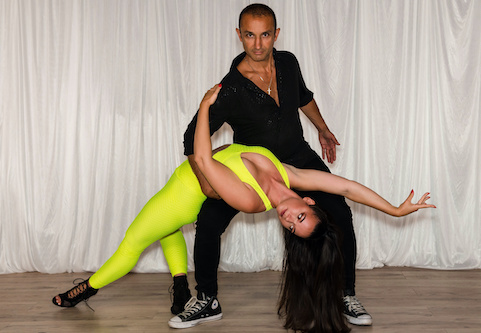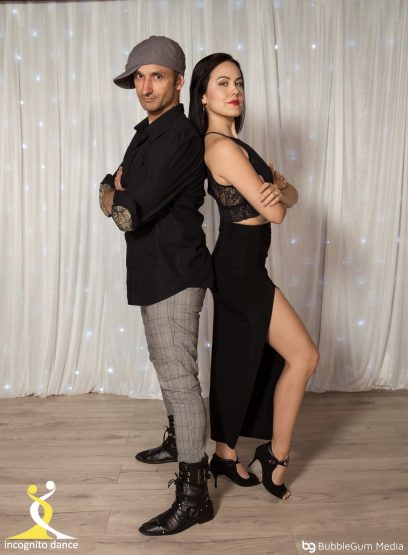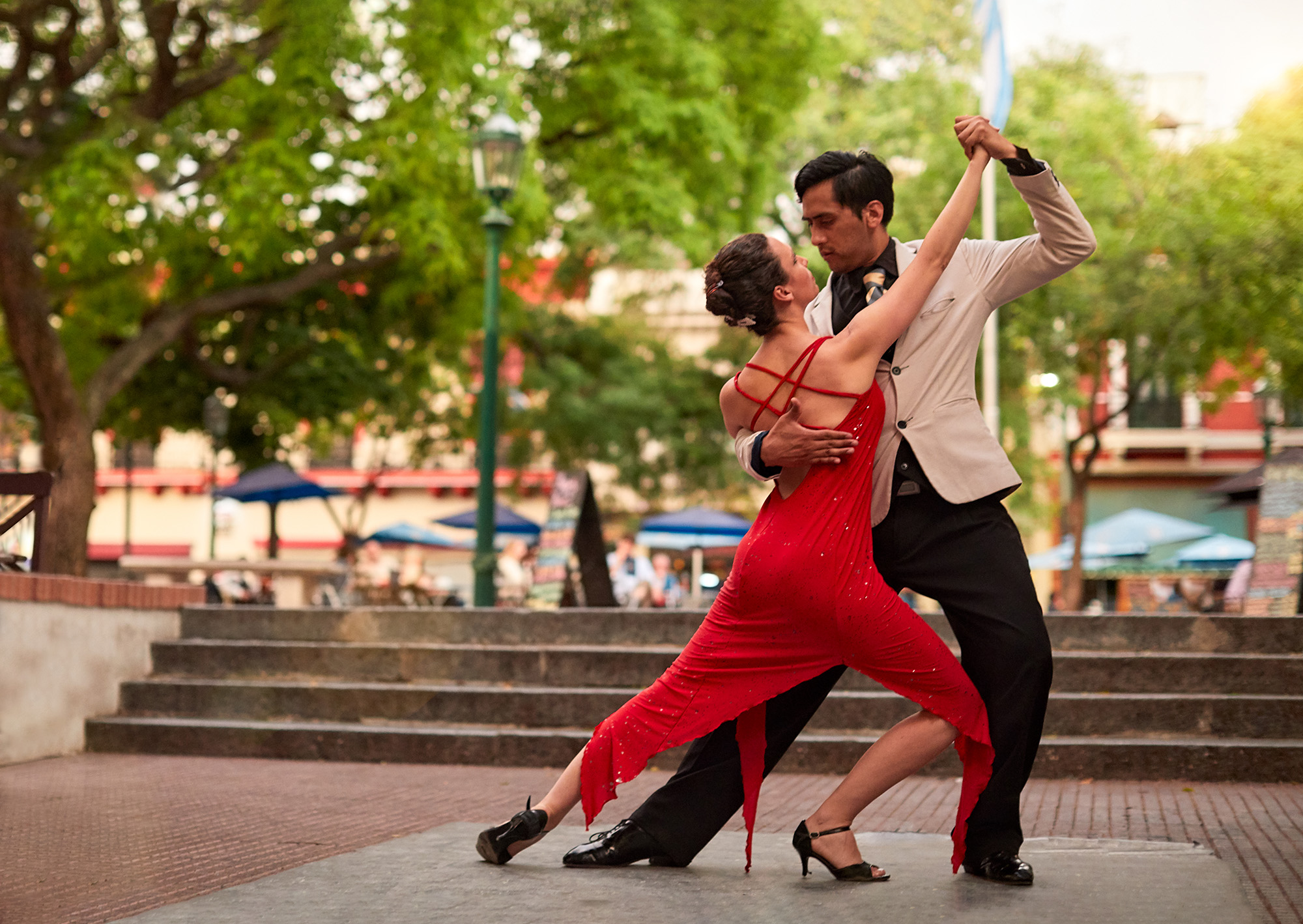The Single Strategy To Use For Dance San Francisco
Wiki Article
Indicators on Dance San Francisco You Should Know
Table of Contents6 Easy Facts About Dance San Francisco DescribedWhat Does Dance San Francisco Mean?The Buzz on Dance San FranciscoThe Buzz on Dance San Francisco
Allow's think about Salsa dancing and music as a huge Tree that looks like this: Salsa is danced worldwide while many technological elements of the dancing are the very same across designs (6 steps over 8 beats danced on a quick-quick-slow or slow-quick-quick rhythm), there are numerous "trademark" attributes of the major styles of Salsa that distinguish one from the other.Pairs taking part in a Gambling establishment Rueda dance all moves in unison as called by a Leader. Distinguishing features of Cuban design salsa are round turn patterns (with "break back" steps on counts 1 and 5) along with body movement motivated by conventional Afro-Cuban folkloric dancings. Distinct features of Cali design salsa is quick and elaborate maneuvering, danced with a strong hand hold connection in between companions.
The beginnings of the style are a topic of dispute, but it is claimed that New York design Salsa dance came from the 1960's due to the influx of Latin American emigrants after the Cuban Transformation (salsa dancing sf). Eddie Torres is one of the most popular New York style dancer, being nearly generally attributed with popularizing the style to dance centres outside of New York
The fundamental rhythm of "On-2" is slow-quick-quick. The "youngest" of the styles of Salsa, L.A (http://ttlink.com/dancesf). Style (some individuals have called it "West Shore" style) came to be popular in the 1990's and has its beginnings in ballroom (Mambo, Swing and Cha, Cha, Cha). Turn patterns lead and comply with methods are greatly influenced by these designs, with the Cross Body Lead being the cornerstone of the style
Dance San Francisco for Dummies
Style are implementation of turn patterns and figures in the "port", with the break steps on matters "1" and "5". While Salsa songs has strong beginnings in Cuban, Colombian and Puerto-Rican folkoric traditions, it can not be marked down that all Afro-Latin and Latin American cultures have actually added to contemporary Salsa songs as we know it today.


Dance San Francisco Fundamentals Explained
distinguishing attributes discover this of Salsa music are: 4/4 measure signature, Kid Clave and Tumbao rhythms, Montuno Piano Unless you have a history in songs, the above 3 characteristics most likely indicate absolutely nothing to you. An easier method to define Salsa songs is how it does NOT seem like other kinds of Latin American preferred music.
It's time for lessons. With so many studios out there and different designs to choose from, where does a complete rookie begin? A lot of all new professional dancers pick to find out L.A. "On-1" style slotted Salsa styles are the most widespread in North America (with some exceptions of some metropolitan centres that still primarily accept Cuban and Puerto Rican styles) and L.A.
.A. Style will swiftly show you the basics of Salsa timing, weight transfer and turn pattern execution. Several dancers, once they have actually had a year or 2 of dance L.A. Design Salsa under their belts, "switch" to New York design in order to expand their dance vocabulary; but many dancers decide to stay with just one design of Salsa and appreciate their time on the dance flooring because specific style. salsa dancing sf.
Style and New York City Design all being danced in the same club, with a number of the professional dancers having the ability to change from one design to the other from one song to the following. salsa dancing sf. Regardless of which design you pick it is necessary to stay with that style till you're extremely comfortable with the principles of timing, body rhythm and foundation action implementation before thinking about "switching" designs (if you want to)
When you begin on lessons prepare to devote energy and time to finding out how to dance as a whole it takes a total newbie (i. e., a person with little or no dance experience) regarding 6 months of actively taking lessons and heading out and practicing at the very least twice a week to obtain to a point where pattern implementation starts to feel "natural".
Report this wiki page